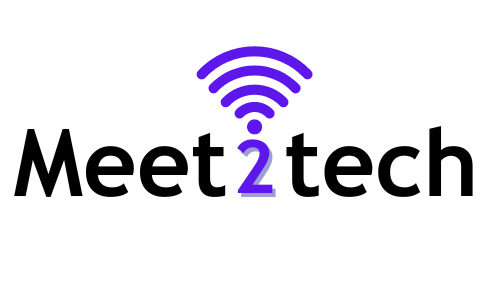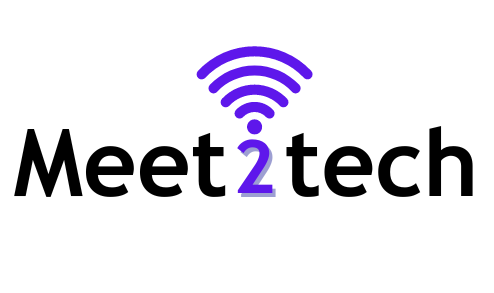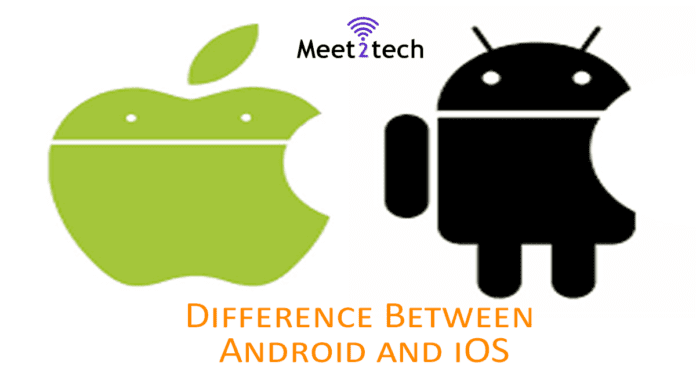Difference Between Android and iOS
Android and iOS are the two most popular mobile operating systems in the world, developed by Google and Apple, respectively. Here are the key differences between them:
1. User Interface and Design
- Android:
- Offers a highly customizable user interface.
- Users can change home screen layouts, install custom widgets, and apply third-party launchers.
- More flexible in terms of personalization and customization options.
- iOS:
- Known for its clean and consistent design.
- Limited customization options compared to Android.
- Users can customize the home screen layout and widgets but within the boundaries set by Apple.
2. App Ecosystem
- Android:
- Offers a larger variety of apps due to its open-source nature.
- Allows third-party app stores, providing more flexibility in app installation.
- iOS:
- Apple App Store is the only official source for apps.
- Generally, iOS apps are considered to have higher quality due to Apple’s stringent guidelines.
3. Hardware Variety
- Android:
- Available on a wide range of devices from various manufacturers (Samsung, Google, OnePlus, Xiaomi, etc.).
- Offers devices in different price ranges, from budget to high-end models.
- More choices in terms of hardware features and specifications.
- iOS:
- Exclusively available on Apple devices (iPhone, iPad).
- Limited to a few models released each year.
- Hardware and software are tightly integrated, providing a seamless user experience.
4. Software Updates
- Android:
- Software updates are released by Google but often delayed by device manufacturers and carriers.
- Fragmentation issue, with many devices running different versions of Android.
- Major updates usually rolled out annually.
- iOS:
- Apple controls both hardware and software, allowing timely and consistent updates across all devices.
- iOS updates are released simultaneously for all compatible devices.
- Better longevity in terms of software support for older devices.
5. Security
- Android:
- Open-source nature makes it more vulnerable to security threats.
- Google Play Protect and regular security patches help mitigate risks.
- Users need to be cautious when downloading apps from third-party sources.
- iOS:
- Known for its robust security features and closed ecosystem.
- Regular security updates and stringent app review process.
- Less susceptible to malware and security breaches.
6. Customization and Flexibility
- Android:
- Highly customizable, allowing users to tweak almost every aspect of the OS.
- Open-source platform provides more flexibility for developers and users.
- iOS:
- Limited customization options to maintain a consistent user experience.
- Focuses on simplicity and ease of use over extensive customization.
7. Integration with Other Devices
- Android:
- Integrates well with Google services and other Android devices.
- Less seamless integration with non-Google services compared to iOS.
- iOS:
- Excellent integration with other Apple devices and services (Mac, iPad, Apple Watch, AirPods).
- Ecosystem provides a cohesive and interconnected experience.
8. Market Share and Availability
- Android:
- Holds a larger global market share due to its availability on a wide range of devices.
- More prevalent in developing countries due to affordability.
- iOS:
- Holds a significant market share, especially in developed countries.
- Known for premium pricing, targeting higher-end market segments.
Conclusion
Choosing between Android and iOS depends on individual preferences and requirements. Android offers more customization, hardware variety, and affordability, while iOS provides a seamless, secure, and consistent user experience with excellent integration within the Apple ecosystem.
CNG vs Petrol: Key Differences Marathi /English Information 2024


